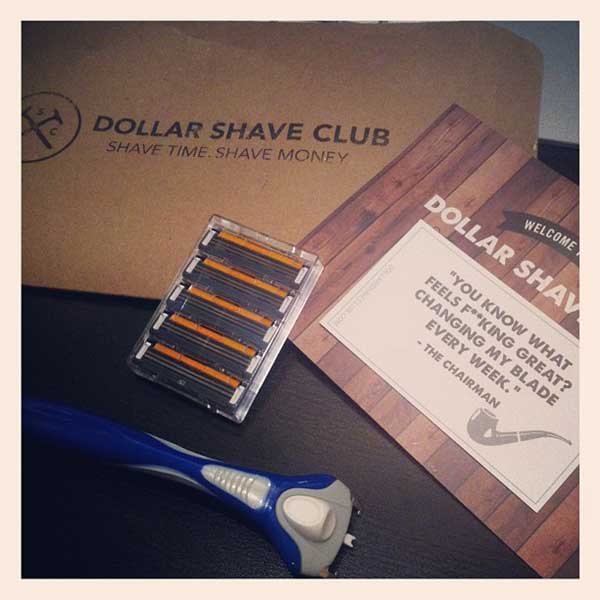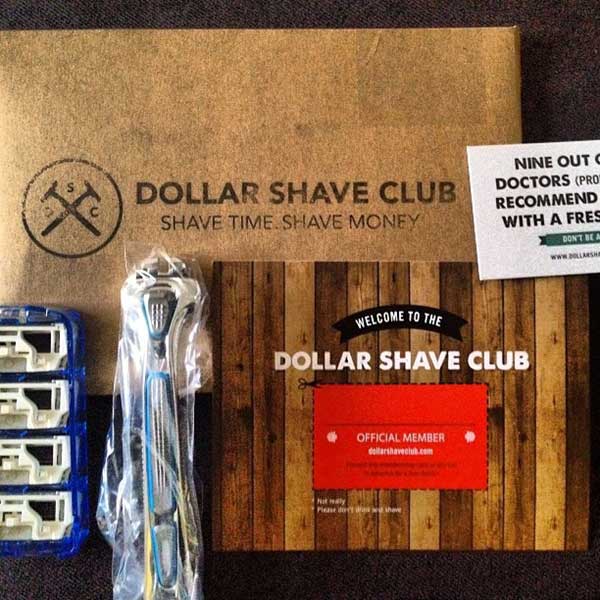This article presents a straightforward method for online businesses to master Instagram.
Online merchants are known to use Pinterest to drive traffic to their website by way of referrals. By pinning their own products, e-commerce sites extend their reach and display their products' photos in a visually appealing way.
But if Pinterest is great for driving referral traffic, Instagram takes the lead in customer retention and engagement.
The following practices are only starting to spread, and they will continue to do so as more brands and companies adopt Instagram.
Here are three steps to successfully using Instagram for e-commerce:
- Respond to customers who are already sharing.
- Channel the sharing.
- Ensure content sustainability.
Step 1: Respond to customers who are already sharing
Instagram is now a network of 100 million users engaging every month within the app. This means that if you ship products online, your customers are probably posting photos on Instagram already.
Here are two quick examples to show that:
Birchbox is a subscription delivery service that ships samples of beauty products to its members every month. The following graph (Instagram analytics by Nitrogram) shows the number of photos posted with the #Birchbox Hashtag over time:

As you can see, each delivery week results in a peak of Instagram activity.
Dollar Shave Club launched with a bang in 2012 thanks to a YouTube video that went viral. It delivers inexpensive but effective razor blades to residents of the US and Canada. Here's how much people share photos about the company on Instagram:

A sample of these photos, with the posters' captions:

"Received my stuff from #dollarshaveclub! Stoked 5 razors every month for $1! Can't beat that!" —brand_o_ photo

"Best decision ever. #dollarshaveclub #shaving #razors #reallife #shavetime #shavemoney @dollarshaveclub" —matt_april photo
Needless to say, it's great to get such reviews. But negative comments are helpful, too: Addressing them straight away is your chance to turn customers' opinions around. Criticism also helps you improve your business.
Responding to customers who naturally share with your brand is the first step toward increasing your customer engagement and retention via Instagram. But there is more to it.
Step 2: Channel the sharing
Encourage customers to share their unboxing experiences when you send them your products. To effectively do so, create a specific hashtag about your brand, something like #YourShopNameDelivers, for example. Then help it spread within your community:
- Promote it on your various networks. Cross-posting is one of the most effective ways to raise awareness on your social media campaigns, which translates to Instagram as well.
- Your customers are most likely to take photos of your products as they unpack them. Add a card on your packages mentioning your hashtag and a call to action for your customers to share their photos on Instagram.
That is precisely what Jimmy Fairly has been doing, with this simple card:

And this is how it affected the number of photos shared on Instagram about the brand:

Adding a simple call to action to packages quadrupled the number of photos shared monthly with its Instagram hashtag.
Step 3: Ensure content sustainability
As with other social networks, the posts shared on Instagram have a short shelf life. They show up on people's feeds but are quickly pushed back by new ones.
To maximize the benefits of using Instagram, you have to make sure the content remains visible for a prolonged time period. How? Your e-commerce website itself is a great place to start.
Many brands have already launched pages where they select Instagram photos sent by their customers wearing, or using, their products. Jimmy Fairly has a dedicated page for followers' photos, and so does Mark Jacobs with its Tagged on Instagram section.
An even more advanced method to increase user generated content's visibility on your shopping website is to show the photos on their respective product pages. That is what Free People does on its website, as shown with one of its most "hearted" products.
Finally, your Facebook Page is another great place to repost customer photos you strived to generate. The easiest way to do so is to set up an app that easily helps you gather all these photos. You might even take the re-sharing further by adding a "shop this style" button next to each photo, linking to the product page.
* * *
By gradually taking the three steps outlined in this articles, e-retailers can build an honest and visible community around their brand and the products they sell. They can first start to use Instagram for customer support and community management, and then move up to adopting a more sales-driven mindset.
As they say, sharing is caring. With Instagram, one might argue that caring is selling.




